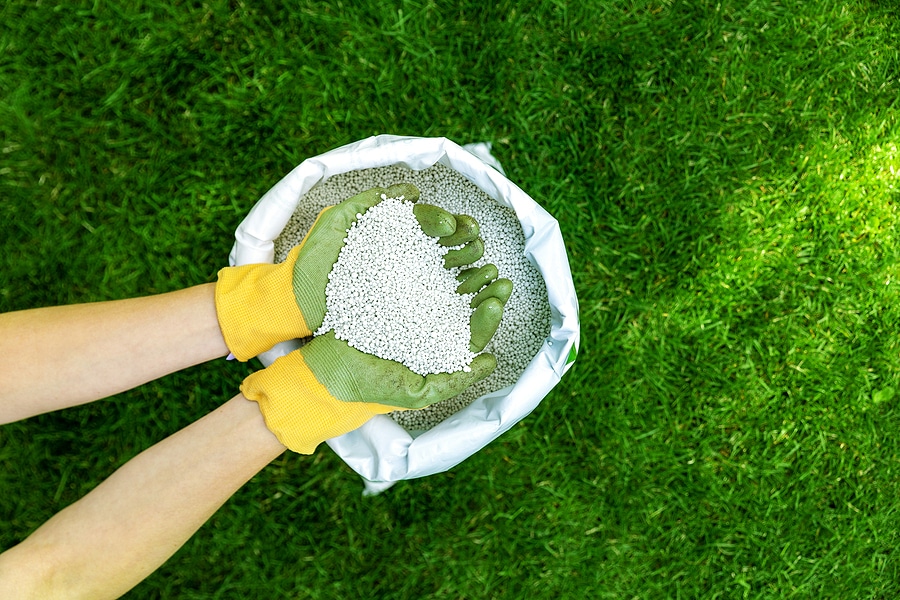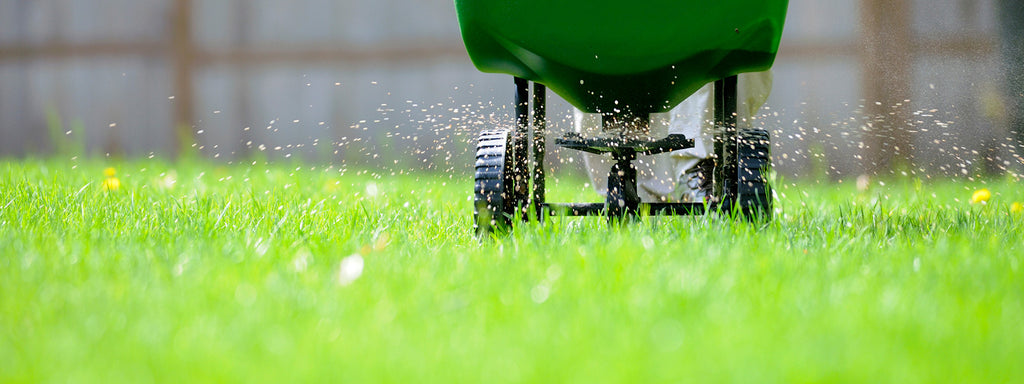Alright, so last weekend, I finally got around to applying that fall fertilizer, the winterizer stuff, you know? Supposed to help the grass make it through the cold and come back strong next spring. Looked simple enough, but boy, I almost made the classic blunders people warn about. Here’s how it went down.
Getting Started and My Big Assumption
Grabbed the bag from the shed – been sitting there a couple weeks. Figured, “Hey, it’s fertilizer, how hard can it be? Just spread it.” Mistake Number One right there. Didn’t even glance at the label properly. Just assumed I knew what settings my spreader needed. I dumped a bunch into the hopper, clicked it to what ‘felt’ right, and started pushing it across the lawn.

Uh Oh, That Doesn’t Look Right…
Maybe a quarter of the way across the front yard, I look back. Saw these weird, super bright green stripes on the lawn. Like neon green racing lines. Panic mode kicked in. I stopped dead. “Did I burn it?” I thought. Dug out my phone – Mistake Number Two I realized later was skipping the soil test. Anyway, searched online quickly, and yep, those stripes screamed “Uneven Application!” Turns out, my ‘feels right’ spreader setting? Way, way off.
Stomped back to the shed. Found the bag’s label, squinted at the tiny print about application rates. Hah! My setting was basically dumping double what it should. Felt like such a doofus. Properly dialed the spreader to the recommended setting. Also figured I better check the grass itself for moisture – Mistake Number Three Avoided. It had rained lightly yesterday afternoon, so the blades were dry enough now for the granules to stick without clumping or burning. Got lucky on timing.
Back on Track… Carefully
Started again, but this time I actually did it the semi-right way:
- Measured: Used the bag’s rate to figure out roughly how much area I could cover.
- Calibrated: Set the dang spreader like the label said.
- Watched the moisture: Grass was dry, good to go.
I walked slow, made sure to overlap the wheel marks slightly each pass to avoid any more crazy stripes. Back and forth, back and forth. It took a bit longer, but I felt way better about it. Finished the front, moved to the back, same careful routine.
Watering It In and Waiting
Done spreading. Next step? Water it in lightly. Grabbed the hose, gave it a decent sprinkle – maybe 15-20 minutes per section. Enough to wash the grains off the blades and down into the soil. Didn’t drown it, just a good soaking in. Job done!
Looking Back: What Almost Tripped Me Up
So yeah, applying winterizer fertilizer seems straightforward. But man, I nearly did exactly what the experts warn against:
- Mistake One: Guessing Instead of Knowing the spreader settings. That equals stripes or burned spots. Read. The. Bag.
- Mistake Two: Skipping the Soil Test. Didn’t know what my grass actually needed. Pure guesswork. I got lucky it wasn’t way off nutrient-wise.
- Mistake Three: Spreading on Wet Grass. Could have gummed up the spreader or burned the lawn. The afternoon rain drying off saved me.
Thankfully caught the spreader setting disaster early enough to fix it. Lessons learned? Don’t be lazy. Read instructions. Pay attention to the lawn’s condition. It’s worth taking those extra few minutes to get it right. Now, just gotta wait and see if my grass thanks me come spring!





















